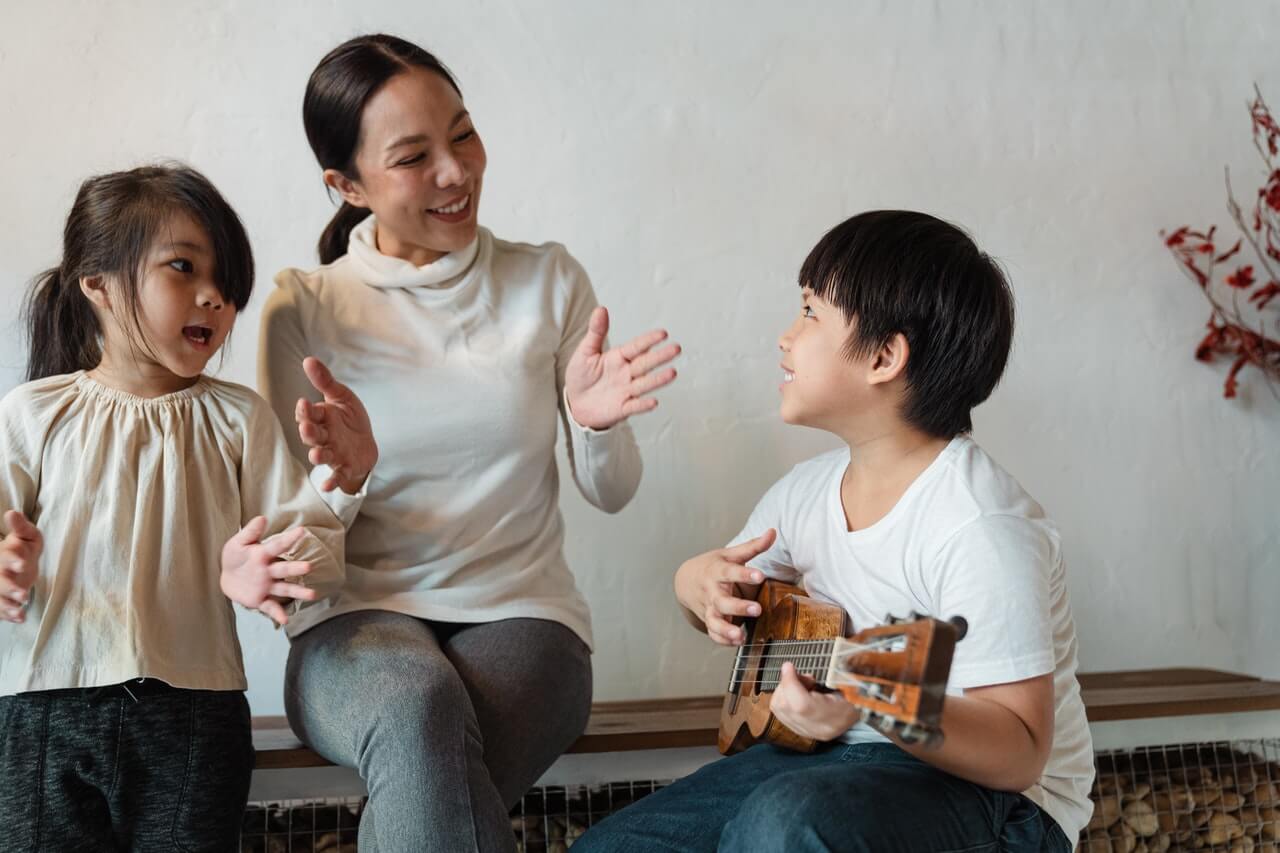The use of authentic material in the classroom can boost a student’s confidence and introduce them to real-life language, all while supplementing the textbook. Authentic material can bridge the gap between classroom language and real-life language. It brings genuine and realistic linguistic situations and material right into the classroom setting.
I use authentic material in my classroom to help my students prepare to use the language in an everyday setting. As an ESL teacher, you can see and understand the limitation that the text can have on learning. Supplementing the text with authentic material not only exposes students to real-world English, but it can also introduce students to the world of English culture. This builds their confidence in the four main skills of reading, writing, listening, and speaking.
Jessica Whitehorne completed the TESOL certification with OnTESOL and spent a few years teaching English abroad. This blog is based on her experience teaching English in rural Madagascar
The Use of Realia
One of my favorite ways to use authentic material is through realia. Realia is affordable and can be used in many ways to supplement the textbook. As you can imagine, authentic material can be difficult to come by in rural Madagascar. Whenever I travel I pick up different real-life English objects that are useful in a classroom setting such as maps, magazines, brochures, timetables, movie listing, etc.
Use realia to create a link between the students and real-life English situations or culture. Realia not only bridges the gap between the two, but it brings realistic linguistic situations directly to students who have never been exposed to them. This prepares students for real-world English and introduces them to the world of English culture. If you haven’t used realia to supplement your textbook, I highly recommend it! Your students will thank you!
Street Map
I used this activity to supplement the textbook unit ‘Around the Neighbourhood’. This unit focuses on directions, places, and prepositions of location.
To start this activity, use a tourist street map with clear points marked on it. Have students listen to where you went on your vacation using prepositions of location such as, in, on, next to, across from, between, on the corner of, etc.
Have them match each location on the map in numerological order. Then have students work with a partner. Give one student of each pair a location they have to reach. One student is the speaker and the other is the listener.
Have the speaker tell the listener how to get there using prepositions of location. The listener draws the spoken path until they reach the desired destination. Then the listener repeats the directions to the speaker to get to the tourist attraction. The speaker corrects them if need be.
Get certified to teach English abroad with our 120-hour Advanced TESOL certificate!
Tourist Brochure
I used this activity to supplement the textbook unit “Fun in the city” with my high-intermediate level learners. This activity motivates students to speak with each other about the location is given and where they should go first.
Use a tourist brochure and ask students to work together to plan a trip for another group in the class.
Give your students the length of the trip. Have students plan a daily itinerary using words and phrases related to suggestions and recommendations such as ‘should’ and ‘can’. They must create an itinerary of where to go and suggestions for what the group should do there.
Restaurant Menu
I’ve recently used realia for role play in the practice stage of an intermediate lesson and it was extremely successful! To supplement the text from a food unit “at a restaurant”, I brought an English menu to the students.
Students were extremely motivated, as the realia helped to create a real-life restaurant situation where they could practice their newly learned skills. With the menu, students take turns acting out a scene in which one student is the waiter and the other is the customer.
The realia helped my students generate phrases. It also guided them to review and to use the essential vocabulary from the presentation and production stage.





